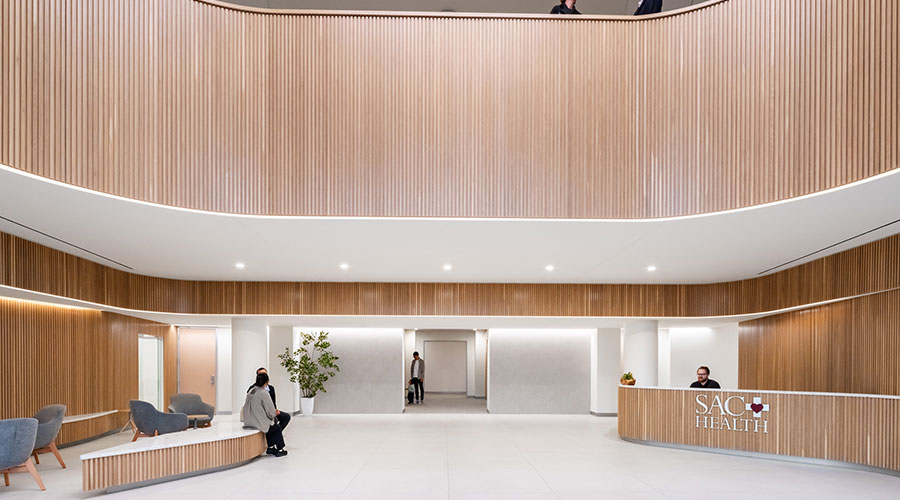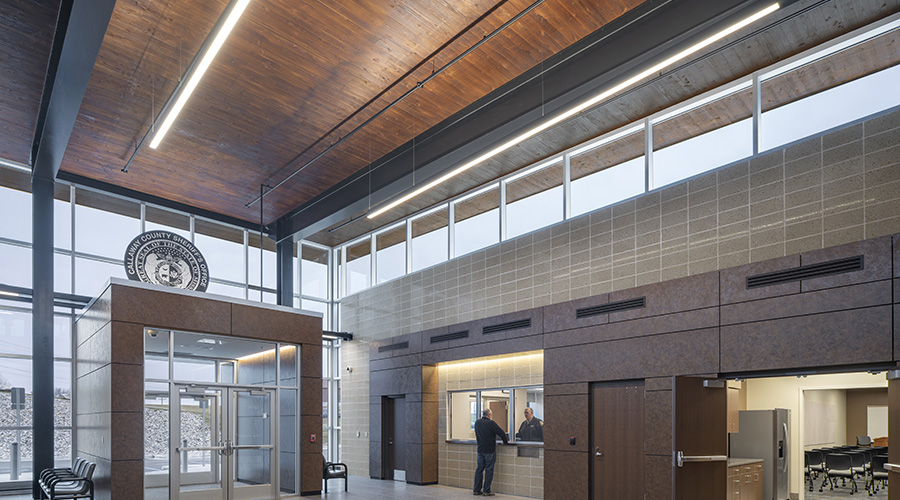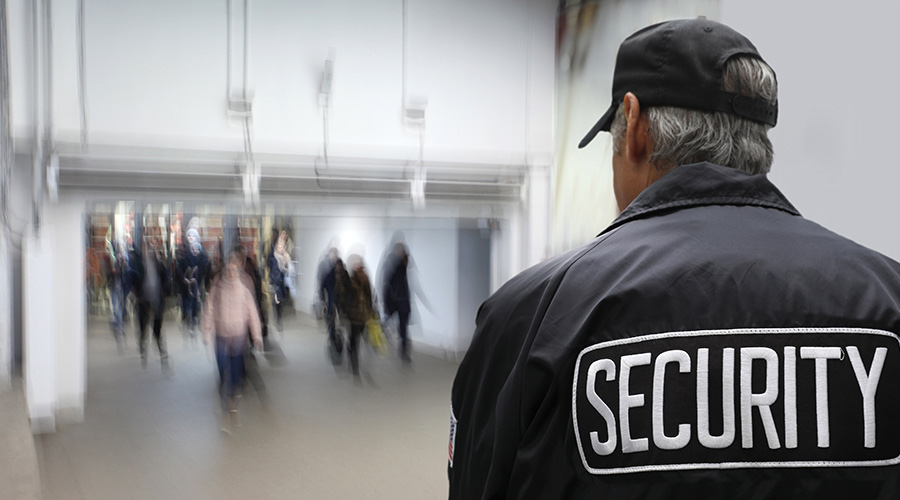Video Surveillance: Keep Your Analog and Have Your IP Too
By Naomi Millán, Senior Editor
OTHER PARTS OF THIS ARTICLEPt. 1: This Page
The smartphone in your hand is driving innovation in the security camera above your head. Traditionally cautious, the security industry of late is starting to fully embrace the capabilities made possible by technology innovations like storage in the cloud and mobile devices. This leaves facility managers with a healthy menu of options when it comes to selecting video surveillance components for their facility. Luckily, they can do so one byte at a time.
Here's a taste of what's new in video surveillance. To begin with, the shift to IP technology and the ubiquity of mobile devices means that security video data streams are accessible in the palm of your hand, wherever you are. Not only is this convenient for facility managers, but it also allows facility managers to more easily share access to video surveillance with higher-ups in their organizations, says Joe Gittens, director of standards with the Security Industry Association.
An interesting advancement in IP cameras, says Gittens, is the capability for meta tagging that the camera itself does. "If something happens at your facility and you know it involves a person in a red sweatshirt, you have this newer technology where the cameras can detect when they're picking up something of a red hue that's the size of a human being," says Gittens. The camera itself tags, or labels, the data stream without having to go through a video management or analytical system.
While there are some video management systems that can provide active, analytical alerts based on live video feeds, at the camera level it's more of a forensic review after an event has happened, he says.
Other camera-level innovations include on-board heating and cooling, even wipers, which allow the units to be deployed in different environments. As well, the megapixels now available on IP cameras are creating ever-clearer video streams filled with useful and intelligible detail.
As amazing as the capabilities of IP video surveillance cameras might be, fully retrofitting a system from analog to IP is out of reach for most facility managers. "It's just a cost thing," says Gittens, who says, based on anecdotal evidence, the retail and casino markets are slowest to migrate away from analog to IP. "Right now either their refresh cycles are out of line. Or analog is working fine for them so they can't really justify the cost."
Security systems manufacturers are well aware of budget limitations, so options exist for migrating systems over a little bit at a time. Encoders available from most camera manufacturers can take an analog data stream and turn it into a digital network stream. "You can take an analog camera and retrofit it into a system that's designed for IP activities," Gittens says. "If you upgrade your back end to be network compliant, sometimes it's cheaper to put in an encoder and use the same analog cameras that you have within your system. You can start changing things out camera by camera based on these best of breed technologies that are coming out." Of course, the full capability of the IP component won't be available until the whole system is IP based.
Resource:
For more information on digital video surveillance systems, check out the Digital Video Quality Handbook, U.S. Department of Homeland Security, May 2013.
Related Topics:











